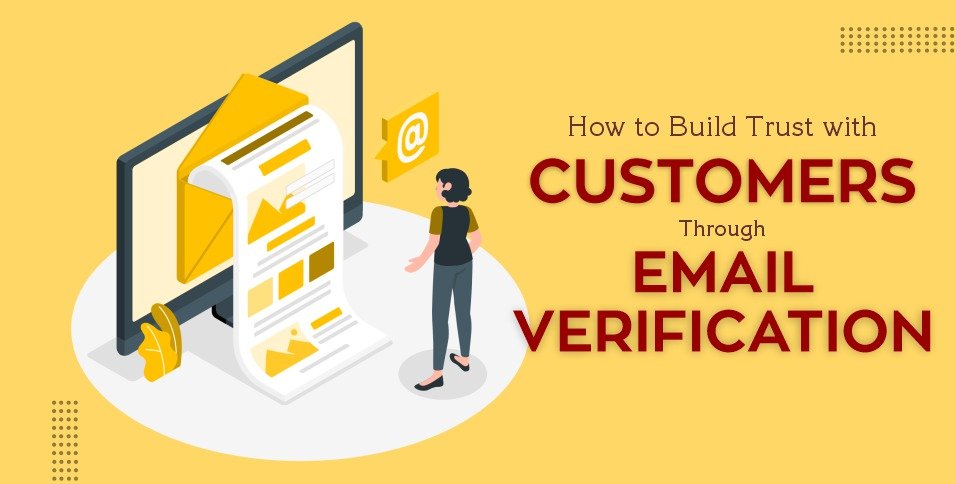Email verification is a great way to build trust with customers. It shows that you’re taking their data seriously and that you respect your customers enough to protect them from spam, phishing attacks, and other online threats. Email verification also helps you retain customers by giving them reassurance that the emails they receive from your business are legitimate.
Know your customers
Importance of knowing your customers. Knowing your customers is one of the most important ways you can improve your marketing campaigns. Understanding their needs and wants, as well as their behaviors and preferences, will help you refine messages that resonate with them.
Email verification is a great way to get to know your customers better because it gives you access to valuable data on each user—from what type of devices they use, to where they’re located in the world, and more!
Find the right email verification provider
When looking for an email verification provider, it’s important to choose one that has a good reputation. You also want to find a company that is easy to use and has a good customer support team. You can save yourself time by choosing a provider that offers a free trial so you can test out the service before committing.
Verify email addresses
Once you have your list of email addresses, it’s time to verify. There are several platforms that will help you do this, but I recommend using Return Path or Mail Tester. The purpose of verifying is to make sure that people actually own the email address they are sending from and not a bot or someone else impersonating them.
Another reason why verifying is so important is because often times people will receive an email from someone who may not have permission to send them an email (this practice is called spamming). To avoid this problem, it’s best to check that recipients want to receive emails from your company by asking for permission first before sending out any campaigns.
Manage your contact lists
Managing your contact lists is an important part of email verification, and there are a few ways you can go about doing it. Here are some of the best options:
- Import contacts from a spreadsheet. You can use Google Sheets or Excel for this, and then import the sheet into your CRM or email marketing tool if you have one. Then export the data again as a CSV file so that it’s ready to upload into our system when you’re ready to start verifying emails. This method is great if you have a lot of contacts and don’t want to spend time in Excel every day updating each one manually because they all need to be verified individually!
- Import contacts from database software (such as MySQL). If your database has been set up properly and uses indexes on its tables, then this probably won’t take too long because MySQL doesn’t have any kind of limit on how much data it can handle at once (unlike some other types of databases). However…
Email verification helps you build trust with customers
Email verification helps you build trust with customers by showing them that you are committed to delivering the best possible service. It also helps avoid sending emails to people who have already unsubscribed, and it prevents you from sending your marketing messages to spammers and fraudsters.
Email verification is a fast, reliable way to verify email address ownership while also improving your deliverability rate. By combining email verification services with additional layers of security, like double opt-in confirmations or dedicated IP addresses for each new subscriber, you can be sure that no one else will see your message before it’s delivered into their inboxes.
Conclusion
Email verification is a powerful tool for building trust with customers. It can also help you identify and follow up with new leads, which can increase sales and brand awareness. Email verification is just one part of an effective email marketing strategy, but it’s a key component that will help get the most out of your current contact lists.
Also Read: Why Is Email Still Important for Businesses?
















